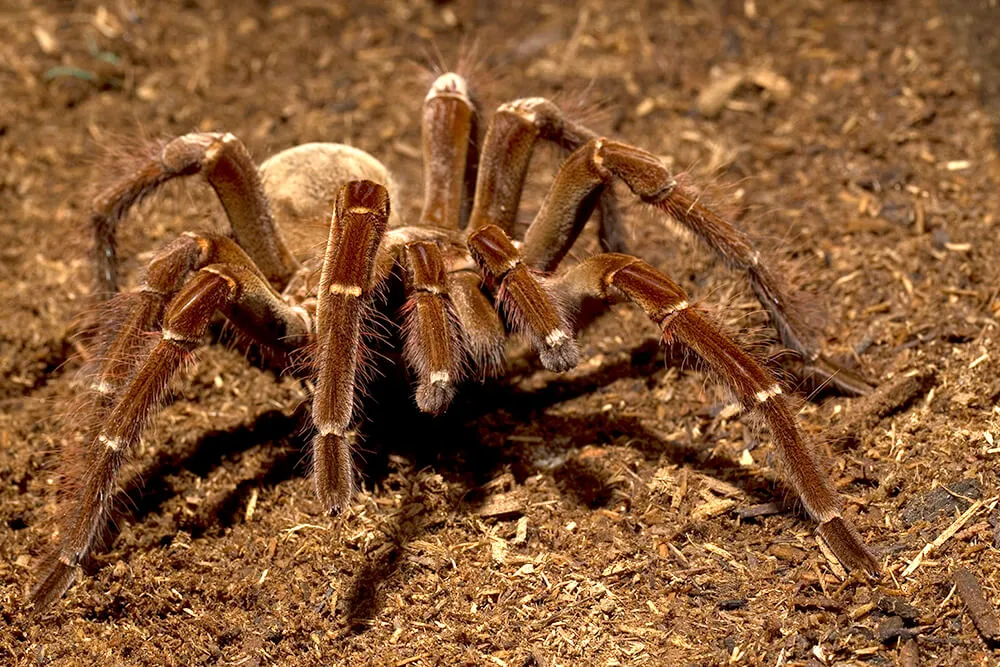What is a Bird Tarantula (Overview)
The term ‘bird tarantula’ refers to various species of tarantulas, large, hairy spiders belonging to the Theraphosidae family. These arachnids are known for their impressive size, often exceeding 10 inches in leg span, and their distinctive appearance. Despite their intimidating looks, bird tarantulas are popular pets due to their relatively docile nature and fascinating behaviors. They are native to tropical and subtropical regions, and their name comes from observations of them occasionally preying on small birds in the wild. These spiders are a captivating example of the diversity of the natural world and offer a unique glimpse into the lives of some of the planet’s most intriguing invertebrates. Understanding them is crucial to appreciating their role in the ecosystem.
Size and Appearance of Bird Tarantulas
Bird tarantulas are renowned for their substantial size and striking appearance. They boast thick, hairy legs and bodies, and can range in color from brown and black to vibrant shades of orange, blue, and purple, depending on the species. The females are generally larger than the males, and their lifespans are considerably longer. Their bodies are divided into two main parts: the cephalothorax (head and thorax fused) and the abdomen. They have eight eyes arranged in a specific pattern, which allows them to perceive movement and light. The overall appearance of a bird tarantula is both imposing and beautiful, with their size and coloration being key factors in their appeal as pets.
Colors and Physical Characteristics
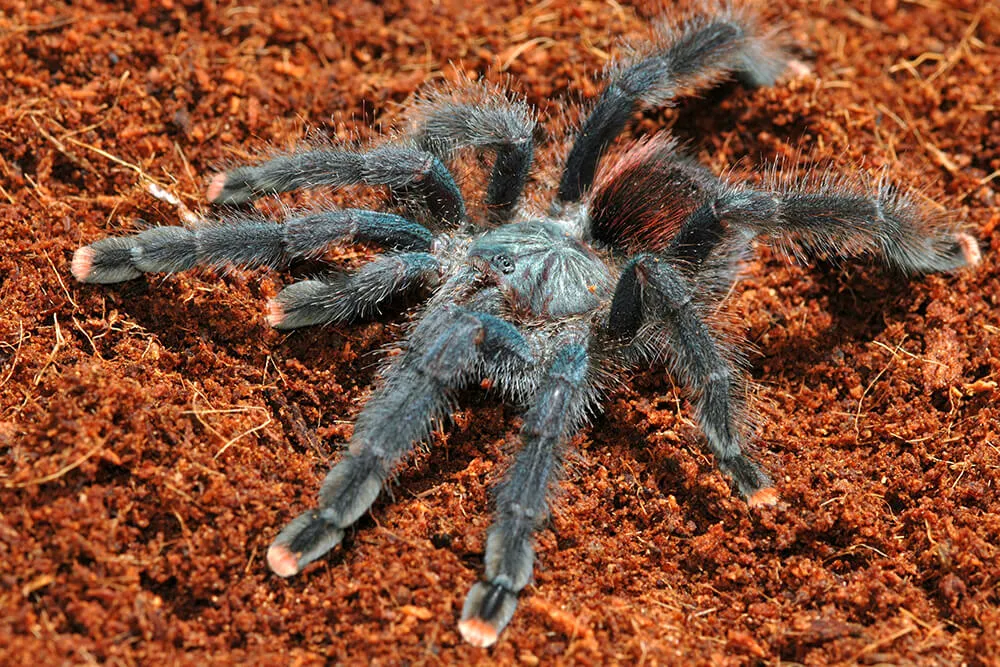
The color of a bird tarantula can vary significantly depending on the species and even individual variation. Some species are a uniform brown or black, while others display intricate patterns and striking colors, such as the vibrant blues of the Cobalt Blue Tarantula or the striking stripes of the Tiger Rump Tarantula. The hairs on their bodies, called setae, play a role in sensory perception, allowing the spider to detect vibrations and air currents. These hairs also serve a defensive function, with some species having urticating hairs that they can flick off their abdomens to irritate potential predators. These variations in color and physical characteristics are fascinating and contribute to the diversity within this group of spiders.
Where Bird Tarantulas Live
Bird tarantulas are primarily found in tropical and subtropical regions around the world. Their habitat varies depending on the species, but they generally prefer warm, humid environments. Some species are terrestrial, living in burrows in the ground, while others are arboreal, residing in trees and shrubs. The choice of habitat is influenced by factors such as prey availability, shelter, and the spider’s specific needs. In the wild, they can be found in diverse ecosystems, including rainforests, grasslands, and deserts, each providing unique challenges and opportunities for these fascinating creatures.
Natural Habitat and Distribution
The distribution of bird tarantulas spans across various continents, including North and South America, Africa, Asia, and Australia. The specific habitats they occupy within these regions range from dense rainforests to arid desert environments. They are often found in areas with abundant insect populations, which serve as their primary food source. The terrestrial species typically create burrows in the ground, often lined with silk, to provide shelter and a secure place to ambush prey. Arboreal species, on the other hand, construct webs or use existing crevices in trees to establish their homes. Their adaptability allows them to thrive in a variety of environments, highlighting their resilience.
Top 5 Amazing Facts About Bird Tarantulas
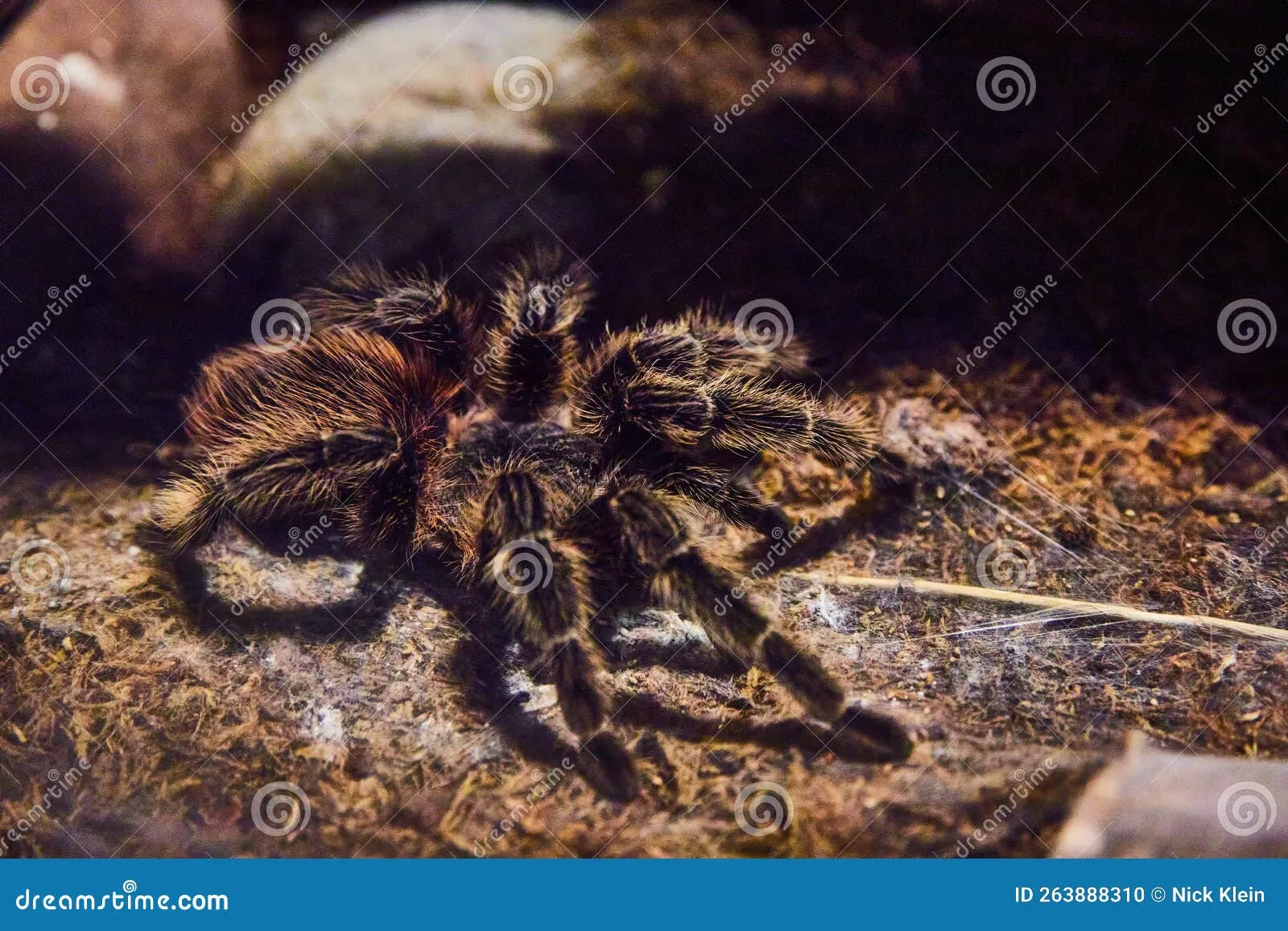
Fact 1 Amazing Bite
Bird tarantulas, despite their name, do not regularly consume birds. Their bite, however, can be quite amazing. While not typically fatal to humans, their bite is venomous and can cause pain, swelling, and localized muscle cramps. The venom is primarily used to subdue prey. The effects of the bite can vary depending on the species of the tarantula and the sensitivity of the individual. It is essential to handle these spiders with caution and avoid unnecessary contact to minimize the risk of being bitten. Most bites are a result of the tarantula feeling threatened or provoked.
Fact 2 Fantastic Size
One of the most amazing facts about bird tarantulas is their impressive size. They are among the largest spiders in the world, with some species reaching leg spans of over 10 inches. This massive size allows them to hunt larger prey and provides a strong deterrent to predators. The females tend to be larger than the males, which is a common trait among tarantula species. The sheer size of these spiders is awe-inspiring, making them a captivating subject of study and a popular choice for pet owners who are fascinated by the grandeur of nature.
Fact 3 Silk Production Marvel
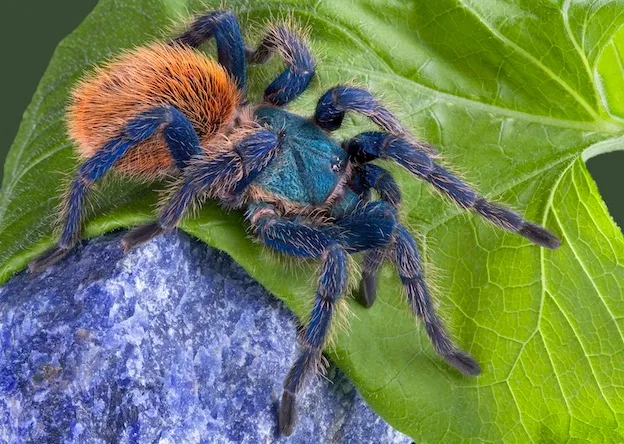
Bird tarantulas are marvels of silk production. They use silk for various purposes, including constructing burrows, lining their habitats, and wrapping their prey. Their silk is incredibly strong and versatile, and is produced by spinnerets located at the end of their abdomen. They can create different types of silk for different functions, from the sticky silk used to trap prey to the more robust silk used for structural support. The silk is a testament to their evolutionary adaptation and is crucial for their survival. Studying their silk offers insights into material science and bioengineering.
Fact 4 Defense Mechanism
Bird tarantulas have developed various defense mechanisms to protect themselves from predators. Some species possess urticating hairs, which are specialized hairs on their abdomen that they can flick off, causing irritation and discomfort to any potential threat. These hairs can cause skin irritation and respiratory problems. Other species may rely on their size and venomous bite as a form of defense. Their ability to blend in with their environment is also important for camouflage, helping them to avoid detection by predators. These defense mechanisms are essential to their survival in the wild.
Fact 5 Lifespan
Bird tarantulas have remarkably long lifespans, especially the females. Female tarantulas can live for over 20 years in some species, while males typically have shorter lifespans, often only a few years. This longevity is a fascinating aspect of their biology, and it allows them to reproduce multiple times throughout their lives. The long lifespans of these spiders make them a significant investment for pet owners and are also a topic of interest for scientists researching aging and longevity in animals. Their prolonged existence is a testament to their resilience and adaptation to their environment.
Bird Tarantula Behavior and Lifestyle

Diet and Feeding Habits
Bird tarantulas are primarily carnivores, and their diet consists mainly of insects, such as crickets, mealworms, and roaches. They are ambush predators, meaning they wait for their prey to come within striking distance. The tarantula then uses its fangs to inject venom, which paralyzes the prey. The spider then releases digestive enzymes, liquefying the prey’s insides, and then sucks up the nutrient-rich fluids. The feeding habits of bird tarantulas are a fascinating display of their predatory instincts and play a crucial role in their survival.
Activity Patterns
The activity patterns of bird tarantulas vary depending on the species and environmental conditions. Some species are nocturnal, becoming active at night, while others are more active during the day. Their activity levels are influenced by factors such as temperature, humidity, and the availability of prey. They spend much of their time in their burrows or hiding places, waiting for the opportunity to ambush prey. Their movements can be slow and deliberate, with quick bursts of speed when capturing prey or defending themselves. Understanding their activity patterns helps in creating suitable habitats for them in captivity.
Conservation Status
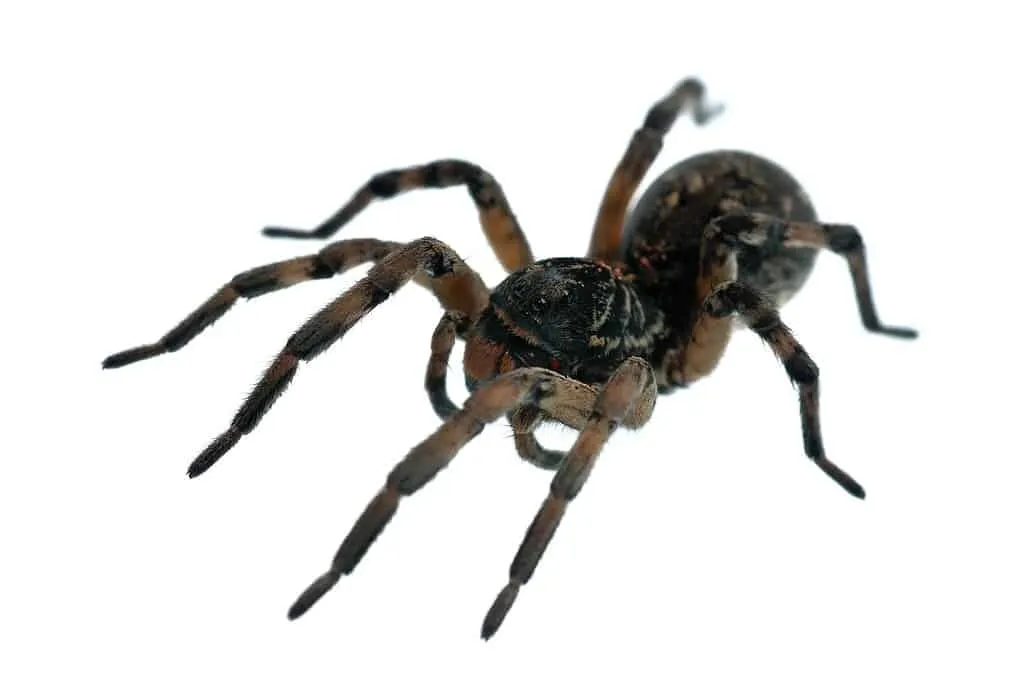
Threats to Bird Tarantulas
Several factors pose threats to bird tarantula populations. Habitat destruction, due to deforestation and urbanization, is a major concern. The pet trade, particularly the illegal collection of tarantulas from the wild, can also negatively impact their populations. Climate change can affect their habitats, altering temperature and rainfall patterns, making it difficult for tarantulas to survive. Increased use of pesticides can reduce their prey availability, which reduces their chances of survival. Understanding these threats is essential for developing effective conservation strategies.
Conservation Efforts
Various conservation efforts are underway to protect bird tarantulas. These efforts include habitat preservation and restoration, regulations on the pet trade, and captive breeding programs. Raising public awareness about the importance of these creatures and the challenges they face is also vital. Supporting organizations involved in tarantula conservation and advocating for sustainable practices can make a difference. Conservation efforts are critical to ensuring the long-term survival of these fascinating and unique creatures, maintaining biodiversity, and preserving these amazing animals.
In conclusion, bird tarantulas are fascinating creatures with amazing adaptations and behaviors. From their impressive size and striking colors to their venomous bites and long lifespans, these spiders are a testament to the diversity and wonder of the natural world. Protecting their habitats, regulating the pet trade, and increasing public awareness are vital steps in ensuring the long-term survival of these incredible arachnids. If you appreciate nature’s complexity, a bird tarantula is a great subject to explore.
